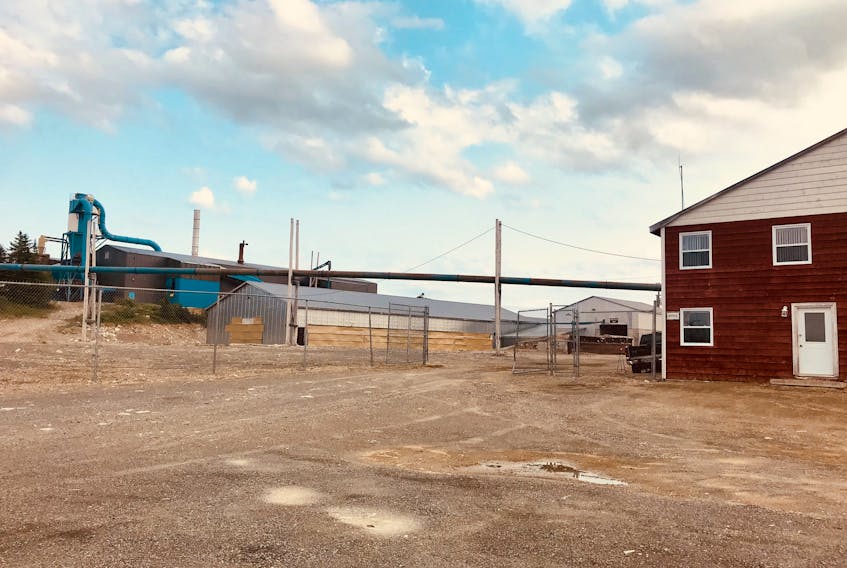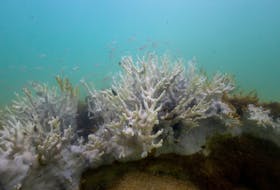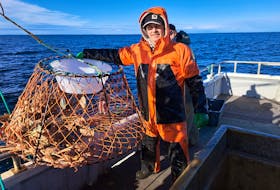ST. JOHN'S, N.L. — Will the Northern Peninsula profit from area sawlogs? (The Telegram, Jan. 31)?
Not with this plan.
In 2017, the provincial government announced that AEG Ltd and its local subsidiary are to receive a large share of the Districts 17 and 18 wood allocation for wide-ranging “commercial possibilities,” including “production of biomass products utilizing forestry waste”.
In response, we wrote a letter to The Telegram (June 8, 2017), criticizing the proposed development on the grounds that the slow-growing forest of the Northern Peninsula could not possibly provide the required amount of “forestry waste” and that, ultimately, the project would lead to standing trees being clear-cut solely for production of wood pellets.
Now government has reportedly stipulated that 25 per cent of the permit volume that is of sawlog-quality is to be made available to local sawmill operators. The remaining 75 per cent may be used in the proposed pellet plant.
So “waste wood” is now defined as all wood, including whole logs, not currently being used for value-added processes, i.e. the sawmill industry.
The only local mill capable of using such wood, Holson, shut down in 2012 and probably will not restart. Even with the possibility of another, more distant mill using those sawlogs, that still leaves 75 per cent of the allocated wood to be treated as “forestry waste” and destined for the pellet plant.
This is far from the kind of sustainable forest industry envisioned by government, industry and conservation groups in the ground-breaking Provincial Sustainable Forest Management Strategy 2014-2024.
Just who is AEG, and why should we deal with them? Active Energy Group is a London-based firm that claims to have developed a “proprietary technology which transforms low-cost biomass material into high-value green fuels” (www.aegplc.com). The process will mix coal dust with wood fibre and could possibly also make use of peat.
AEG is listed on the London Stock Exchange, where its share value has fallen 85 per cent in the past year. Its current market capitalization is about $14 million with total assets of about $23 million. (https://www.londonstockexchange.com/exchange/prices/stocks/summary/fundamentals.html?fourWayKey=GB00B1YMN108GBGBXASQ1).
This relatively small company, using an untested process with unknown environmental implications, is being given access to a large area of our forest and presumably is expected to meet the same environmental standards as other forestry operations in our province. For what purpose?
Large biomass-fueled power plants such as the UK’s Drax (www.drax.com) require several million tonnes of wood pellets per year. Districts 18 and 19 together provide a maximum annual allowable volume of about 250,000 cubic metres (about 75,000 tonnes of dry wood) for all purposes. So that entire annual allocation would supply one large European biomass power plant with only a few day’s fuel supply.
Once established, it seems likely that such a biomass operation would demand an increasing proportion of the provincial wood allocation beyond Districts 17 and 18, and perhaps in Labrador. If similar operations elsewhere in Canada and in the USA are any guide, this will be devastating for our forests and harmful to our rural communities.
It is environmentally unsound and economically inefficient to harvest large expanses of forest for commercial “bioenergy” purposes. Nor is it sustainable in the long-term, given the many decades required for those trees to mature.
Taking some trees from our managed forests as domestic firewood is a long-standing and sustainable practice. The rest should be used sustainably in value-added processes. If no sawmill is available to take them now, the trees can wait.
John D. Jacobs, PhD.
St. John’s
Ian Goudie, PhD.
St. Catherine’s, St. Mary’s Bay
Related stories:









